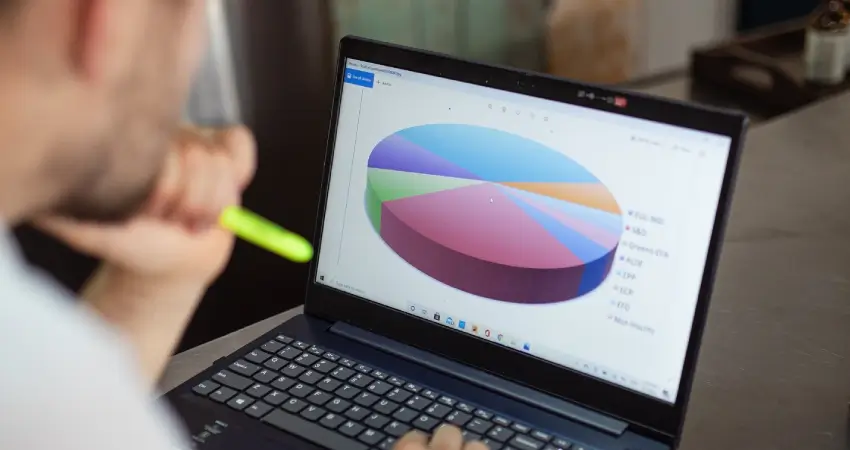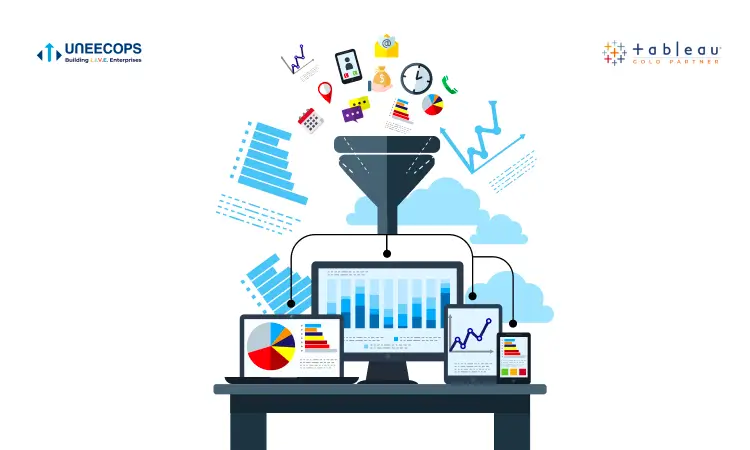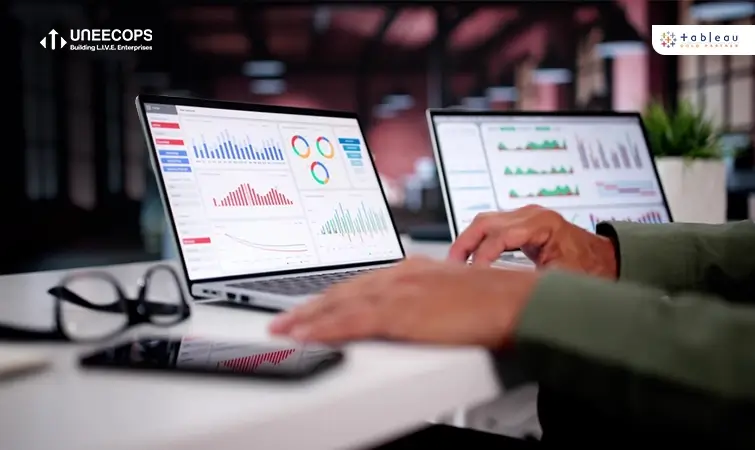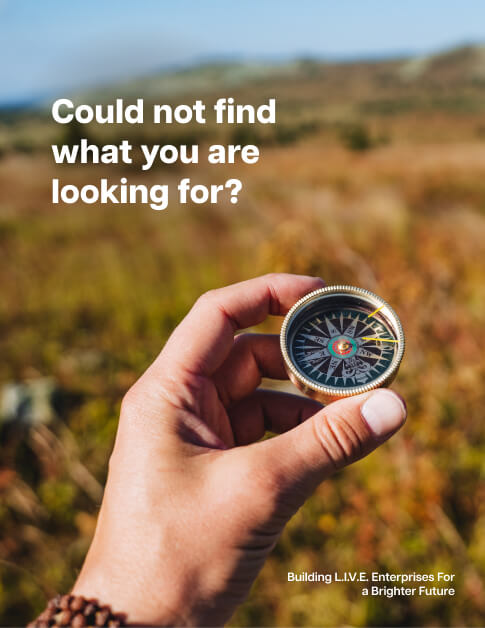Organizations today generate vast volumes of data out of their operations and engagement with customers. This data can prove to be a goldmine for decision makers. By leveraging data visualization tools like Tableau, organizations are achieving huge ROI thanks to better identification of hidden insights. Traditional spreadsheet software can’t come up with such narrowed-down, granular, and ad-hoc visualized insights. These insights help organizations pinpoint new revenue opportunities, plug gaps in the workflow, and better understand the patterns in the business. The end results are – increased revenue, better customer service and efficient workflow.
Data Visualization in the modern context
We all are aware of bar charts, pie charts or line graphs. These are all known as data visualization tools in statistics. Even a decade ago, businesses did not generate such huge data as they do now. So analyzing the data was easy. Traditional software could analyze these data, and businesses could gain fairly decent insights.
However today, business related data has outgrown traditional spreadsheet software. Taken together, customers and companies produce 7.5 septillion GB of data every single day! This is what we call Big Data. This huge quantity of data contains unprecedented amounts of customer information, business insights, and the key to unlocking newer revenue opportunities. However, the problem is, most companies are able to analyze only a fraction of this data. The rest of the big data remains unutilized. This is where Tableau comes in. Tableau is a premier data visualization software for data-driven decision making by visualizing complex and large data sets.
The Power of Data-Driven Decision Making
Data-driven decision making is a fundamental strategy for businesses in the digital age. Thanks to effective navigation in the analytical environment, companies can gain valuable insights, improve their products, and at the same time stay competitive. Data-driven decision making is backed by investing in the right tools and talent, which is an essential step on the way to success. Although a data landscape is vast and analytics companies are exploring avenues to harness the power of data. This approach has gained prominence for several reasons:
- Leads to more accurate and reliable outcomes.
- Respond quickly to changing market conditions and customer preferences.
- Identify opportunities, optimise processes, and deliver better services.
How Tableau helps companies with data-driven decision making: a hands-on example
Analyzing big data is not possible just by examining the spreadsheet entries. There are thousands, if not millions, of fields of data. It’s humanly not possible to figure out any useful insights out of the big data. On top of that, no traditional software is able to analyze such a huge amount of data in an automated way and within a few seconds. Tableau is a powerhorse that can handle and analyze big data and present visual insights within seconds.
Suppose the marketing manager of a company wants to increase his reach on LinkedIn (an important part of branding) so that he can get more high-quality leads for his company. What he wants to know is what kind of posts work best on LinkedIn and get the highest number of likes. So, he downloads this raw data containing the details of the posts by LinkedIn influencers. The data has all the information he needs- which post got the highest amount of reactions, which one got the highest number of comments and so on
However, the raw data is filled with too much information, which makes it impossible for him to gain actionable insights from it.
Now he can drag and drop relevant data and gain granular insights. He can visually see what kinds of content gain the highest number of likes.
Tableau helps him with an accurate, data-driven decision-making process within a matter of seconds.
This is just one example.
With Tableau, companies can analyze historical sales data to figure out patterns, hidden opportunities, and accurate reporting. Often, figuring out the big picture becomes difficult for a company if it has multiple branches spread across various parts of the world. Tableau makes it easy for these companies to organize the data and visualize the entire thing. This gives an unprecedented level of bird’s eye view of the business performance and customer service. Once the executives can view the bigger picture, the data-driven decision making becomes a lot easier.
Tableau transforms complex data into actionable insights
No matter how much data an organization generates, it’s not useful if it is not utilized. As we said, 7.5 septillions of data are generated every day. These data remain hidden unless they are utilized to gain actionable insights. Tableau helps companies tame Big Data. It visualizes complex data and provides both granular and higher-level insights.
Tableau empowers organizations to make better decisions – decisions based not on gut feelings but insightful data. With more data available from disparate sources and streams, businesses need Tableau software to synthesize meaning from it. Telling a story with interactive charts, box-and-whisker plots, bubble cloud, circle view, dot distribution map, highlight table, heat maps, histograms, cartograms, scatter plots, and infographics can be a competitive differentiator. It quickly guides users in identifying and mitigating risks along with uncovering valuable opportunities just by a glance, which fastens data-driven decision making.







